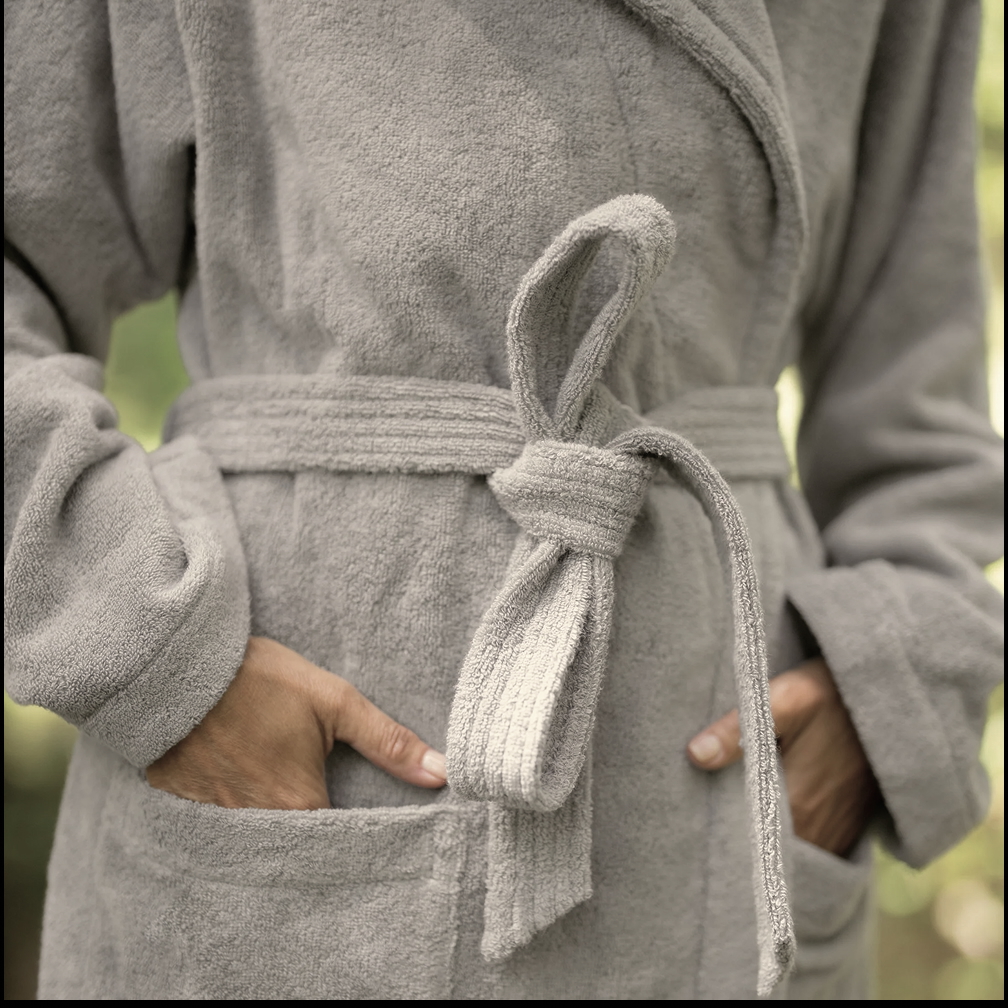Blog
Creating a personal spa sanctuary with Nordsprings

When design supports daily wellness, the home becomes more than shelter.
It becomes a place where body and mind recover without needing to escape elsewhere.
Rethinking wellness as a spatial experience
Wellness happens not when we leave home but when the space we live in begins to support restoration. A personal spa sanctuary is not defined by visual aesthetics or expensive technology but by the feeling it creates when you step into it. The right space offers calm without demanding attention and makes room for recovery without adding friction. When each element, materials, light, water, is chosen for presence and use rather than performance, the result is not a decorative escape but a room made for rhythm. The goal is not luxury but daily availability to care.
Start with the foundation: natural immersion
The tub is more than a centerpiece, it is the foundation of the entire practice. A handcrafted wooden tub creates a sense of groundedness that anchors the ritual in form and meaning. When paired with mineral-enriched water systems, the experience becomes not only thermal but tactile and nourishing. The water speaks to the skin. The material holds the body. This combination transforms a simple bath into an embodied ritual. You return not because it’s impressive, but because it works. Over time, this central gesture becomes familiar, personal, and inseparable from how you take care of yourself.
Let the materials do the work
Recovery is not something the body needs to be taught, it simply needs the right conditions. Choosing natural materials like wood and stone helps regulate heat and moisture without artificial input. These elements soften perception and remove resistance from the experience. Air should move with ease, surfaces should invite contact, and nothing should feel too precious to use. The role of design is not to impress but to disappear. When the materials are well chosen, they support the gesture of wellness without standing in the way. Good architecture makes presence feel easy and repetition feel natural.

Design that supports everyday use
Wellness that doesn’t fit into everyday life loses its power. A spa space that asks for preparation or planning becomes occasional. The key is to remove barriers so that return becomes instinctive. A tub that’s easy to fill, a layout that flows, a quiet corner that doesn’t need explanation, these are what turn a practice into a rhythm. It’s not about doing more but about making care accessible without interruption. The design of the space should support momentum, not depend on motivation. Wellness becomes real when it’s no longer something you remember to do but something that happens.
Prioritize flow and accessibility
Design is successful when the body doesn’t need to ask questions. Where to move, where to rest, how to reach what’s needed, all of it should be clear without thinking. Tubs should be placed in locations that feel natural to visit. Lighting should follow the sun or mimic it. Storage should feel like part of the atmosphere. When the layout is intuitive, the space becomes usable every day. There’s no need to announce the ritual or prepare it. You simply step into it. Accessibility is not about function, it’s about reducing effort and allowing repetition to emerge.
Build for time, not trends
A home wellness space should never depend on what feels current. What matters is what continues to serve the body in ten years as well as it did on the first day. Durable materials age with grace and become more familiar with use. When you invest in thermal control that stays precise and surfaces that don’t need replacement, the space starts to integrate into the architecture of your life. You no longer see it as an addition but as a foundation. Building for time means choosing elements that disappear into routine and create beauty through consistency.


Making space part of the wellness practice
The space you create becomes part of the nervous system’s response. Light, air, sound and material memory all contribute to how quickly the body can shift into a state of rest. A personal spa sanctuary is not a place to visit but a tool to use. When the architecture reflects the rhythm you want to feel, it becomes easier to enter that rhythm without delay. You’re not trying to escape anything, you’re trying to return to yourself. And in that return, the space acts as a mirror. Not for who you should be, but for who you already are.
Let design support the ritual
Design is not about shapes or colors, it’s about making care easier to repeat. A well-designed space doesn’t ask for your attention. It supports your attention where it matters, on the breath, on the body, on the moment you’re inhabiting. That’s why the choice of layout, placement and material matters. When everything is where it should be, you return more easily. Ritual doesn’t happen because we force ourselves to do something. It happens because the environment makes the path back clear. Design becomes invisible, not because it lacks impact, but because it succeeds in guiding gently.
Let the room disappear into the rhythm
The most powerful wellness spaces are those you stop noticing. Over time, the textures, sounds and light levels become familiar, even welcome, but not distracting. You’re not there to look at the space. You’re there to feel something shift inside it. That’s when architecture moves beyond form and becomes an instrument. The room supports the breath. The tub supports the pause. The air supports the silence. You don’t need a special moment to use it, you just need to step in. And the more you do, the more it becomes part of your own inner landscape.


